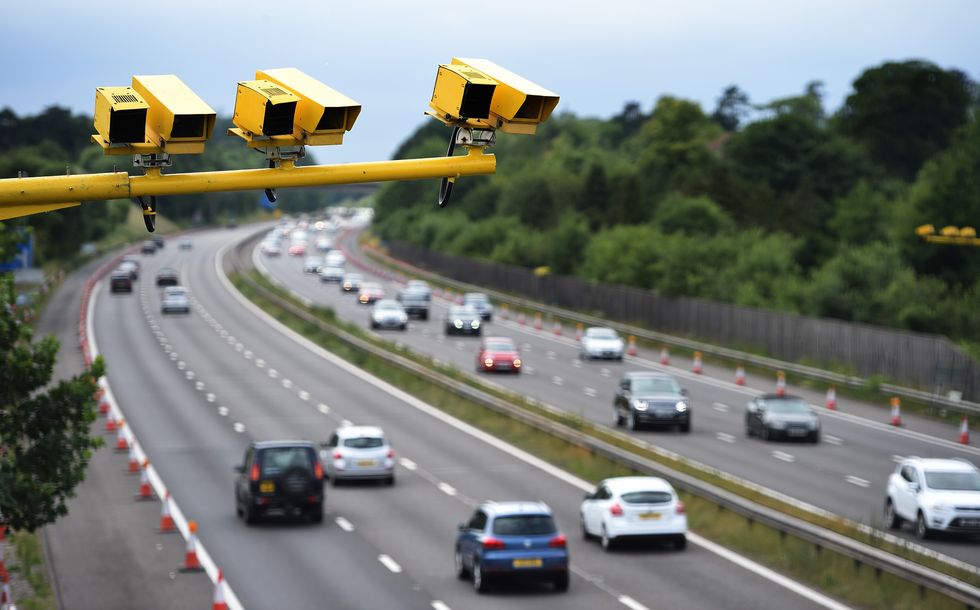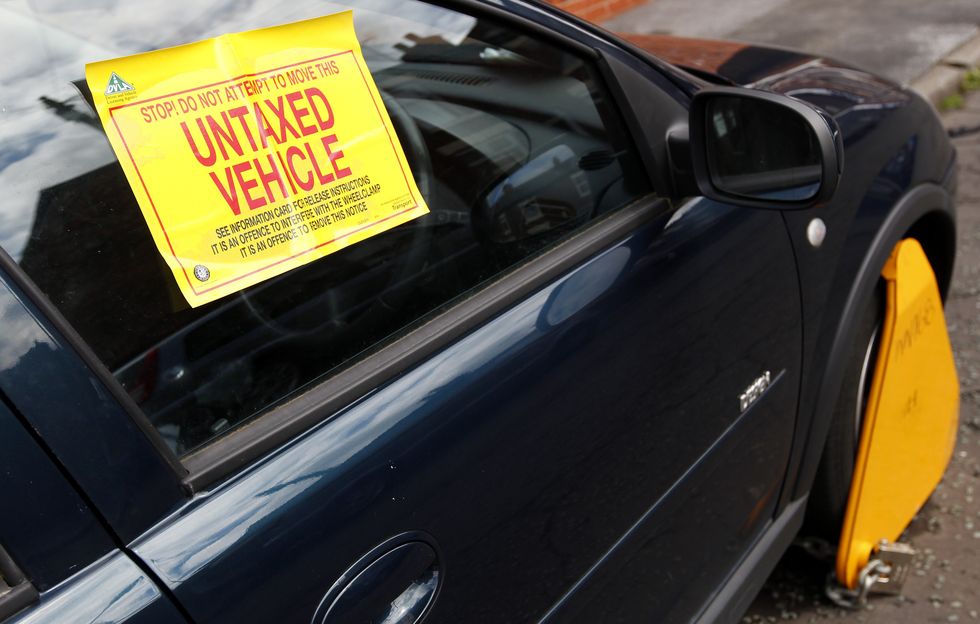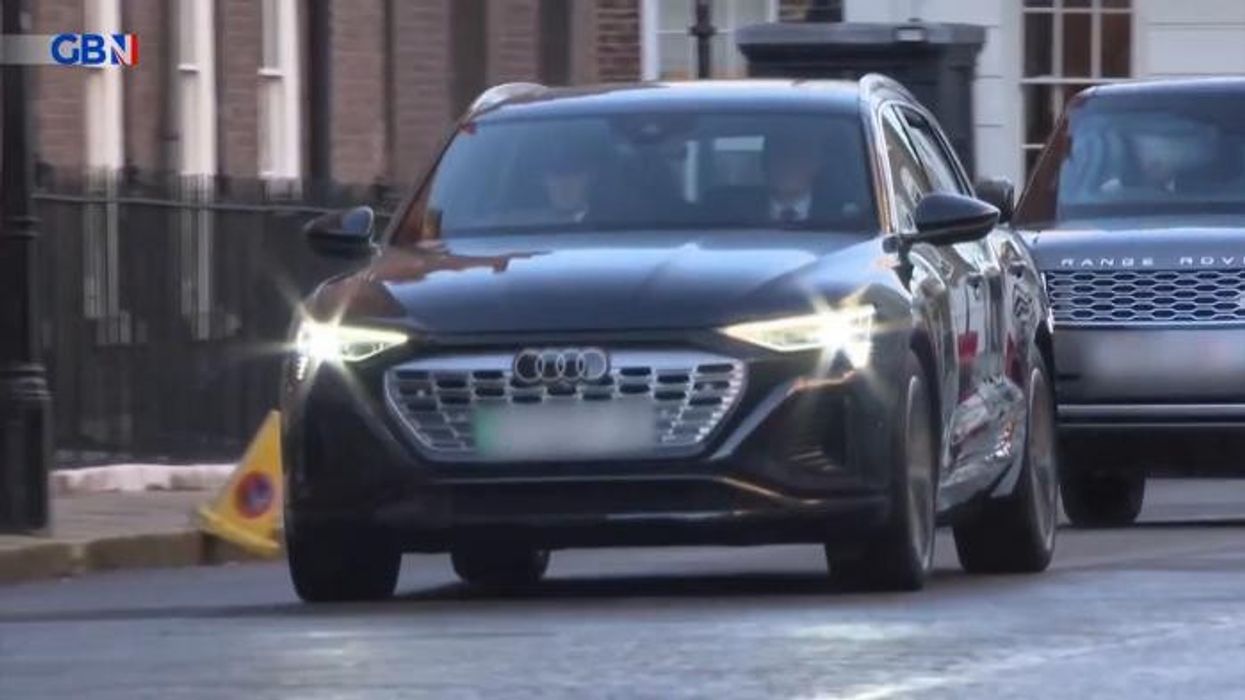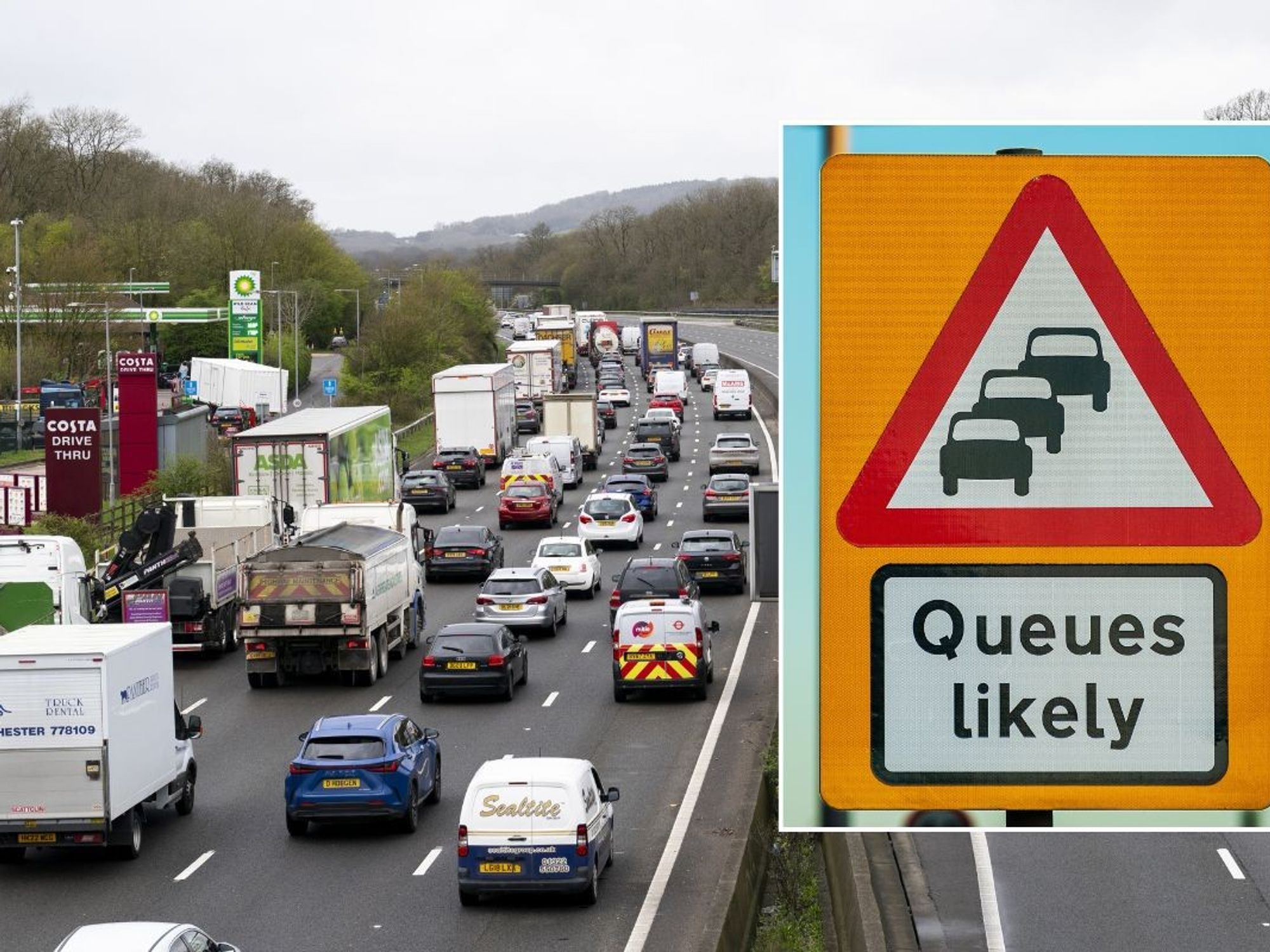There are more than 10,000 cars on the Vehicles of Interest (VoI) list at any one time
Don't Miss
Most Read
Trending on GB News
Proposals have been set out which could make it easier for police forces to have greater access to data to make roads safer, potentially through smart cameras.
Currently, police needing data on which vehicles are insureed, do not have a valid MOT or vehicle tax need to get the information from various sources.
This information tends to be held by multiple organisations and can be difficult to cross-reference to see if a driver is breaking multiple rules.
A new national police initiative - dubbed Operation Tutelage - compares automatic number plate recognition (ANPR) data with information from the Motor Insurance Database (MID) to identify drivers who do not have insurance.
Do you have a story you'd like to share? Get in touch by emailingmotoring@gbnews.uk

New camera technology could be rolled out to boost enforcement of road rules
PAFurther systems can check whether cars have a valid MOT certificate and if they have paid their Vehicle Excise Duty (VED).
This is done through multiple checks from databases belonging to the Driver and Vehicle Licensing Agency (DVLA) and the Driver and Vehicle Standards Agency (DVSA).
As part of efforts to improve this, the Department for Transport and the Home Office are running the RADAR programme which aims to increase road safety.
The Accelerated Capability Environment (ACE) has been asked to see whether this state-of-the-art technology can be realised in the future.
This would allow police forces to crack down on drug dealers who typically use uninsured vehicles.
Another benefit of the measures would see increased revenue for HM Revenue and Customs as more vehicles adhere to tax, insurance and MOT rules.
Documents from the case study state: "The police maintain a list of thousands of Vehicles of Interest (VoI) created by aggregating data from the DVLA, DVSA and MIB data sets.
"This aims to prioritise non-compliant vehicles but is currently a manual process that is not done regularly, and which needs constant corroboration."
A further ambition of ACE is to have real-time vehicle monitoring using an ANPR system that uses the most up-to-date data.
It is estimated that there are more than 10,000 vehicles on the Vehicles of Interest (VoI) list at any one time.
The Department for Transport and Home Office wanted a proof of concept that these systems could be realised to automatically detect when someone is breaking the rules.
ACE has previously worked with the DVLA, DVSA and MIB on data discovery to determine how granular the data could become and how it could be interpreted.
LATEST DEVELOPMENTS:

The technology could help police forces target uninsured and untaxed vehicles
PAThe work also looked at how ANPR data could be used to "optimise police resources to put officers in the most effective place at the roadside".
A further data survey looked at alternative data sources that could be used to make it easier to investigate up to 25 per cent of cases on the VoI list where there is no registered keeper.









